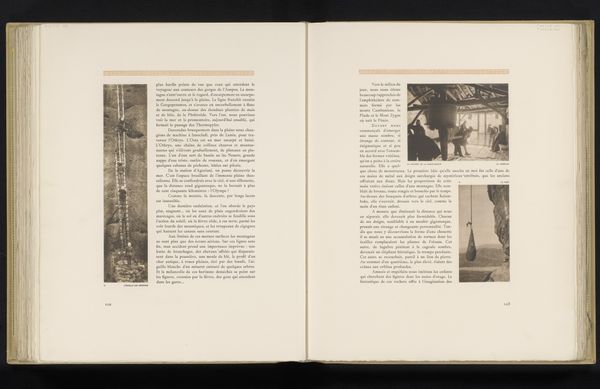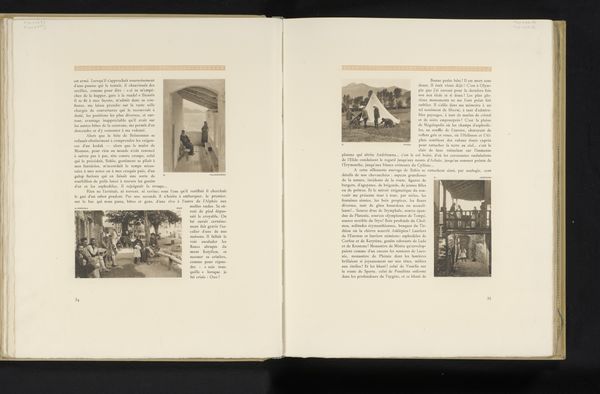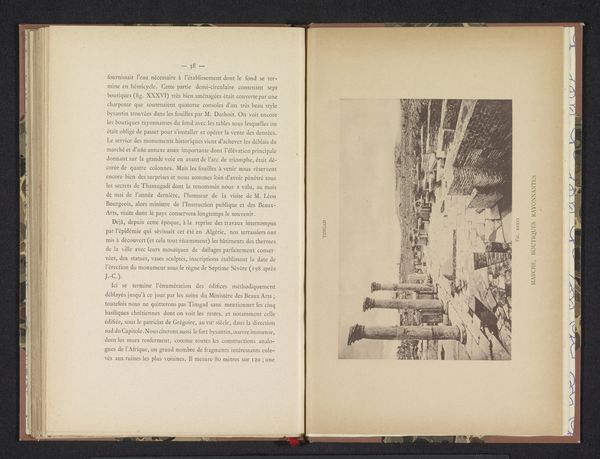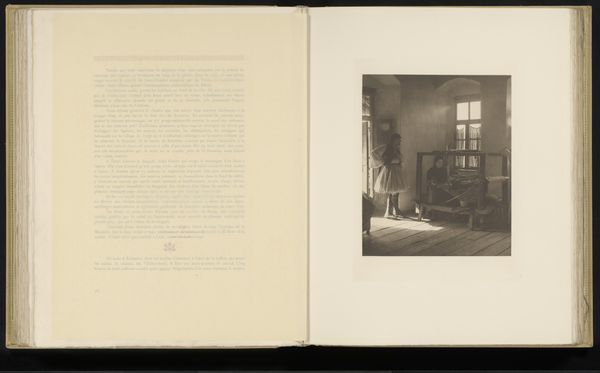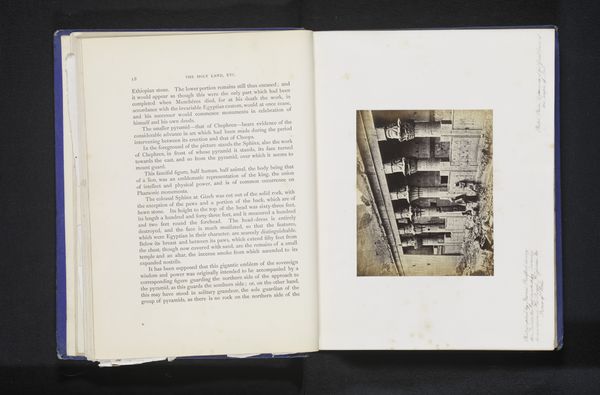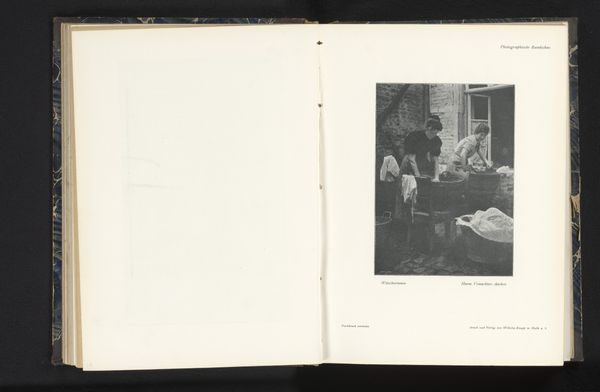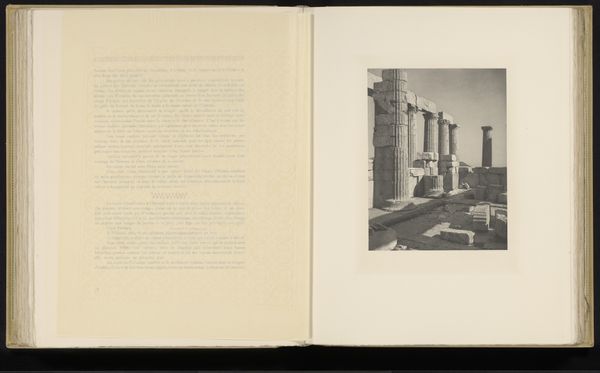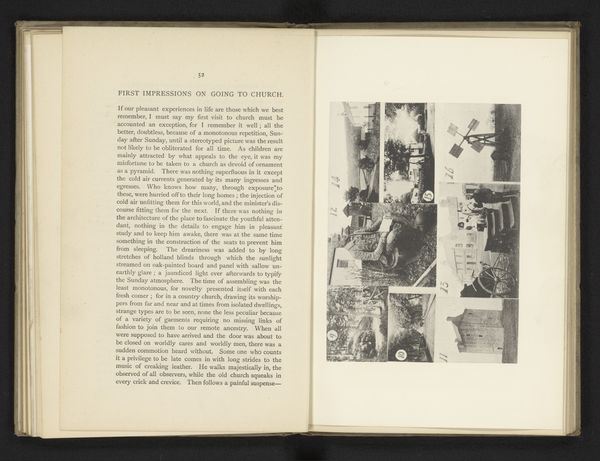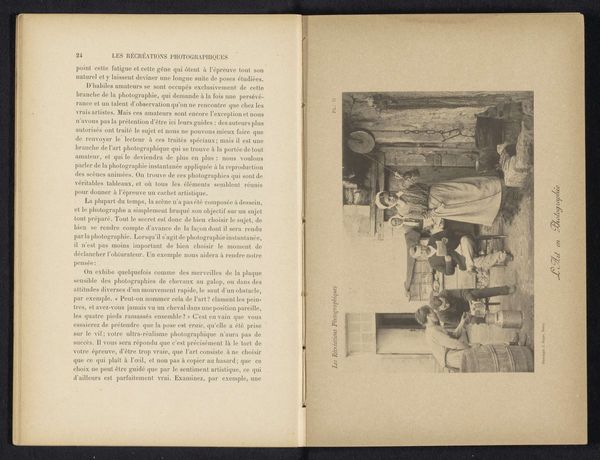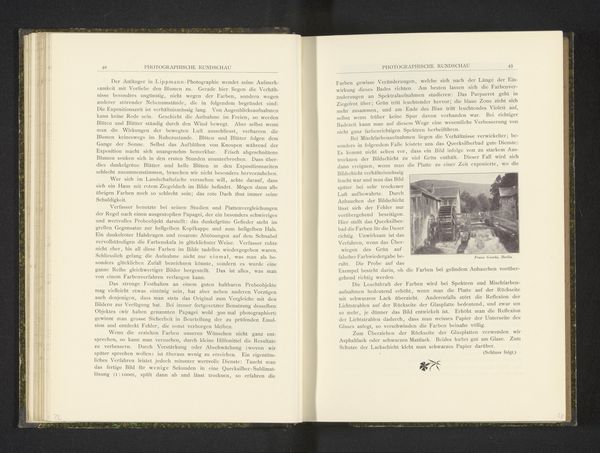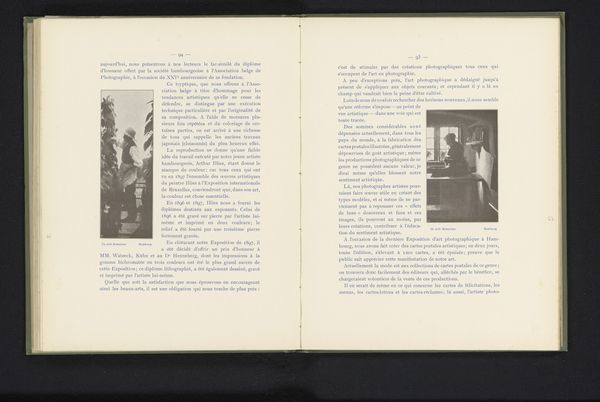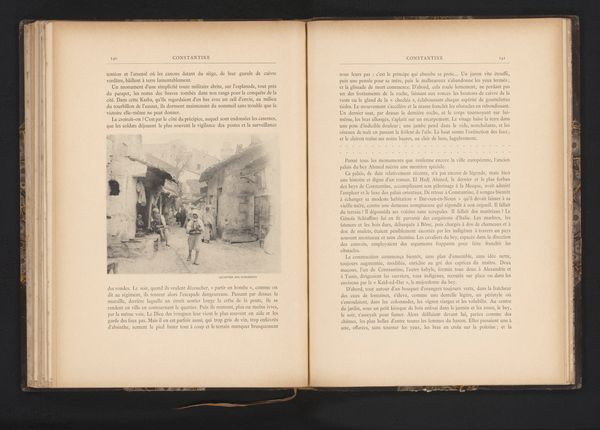
photogravure, print, photography
#
portrait
#
photogravure
# print
#
landscape
#
photography
#
orientalism
Dimensions: height 160 mm, width 225 mm
Copyright: Rijks Museum: Open Domain
Editor: This photogravure, “Priesters van de Grieks-Orthodoxe Kerk in Zemenon,” or "Priests of the Greek Orthodox Church in Zemenon," by Frédéric Boissonnas, was created before 1910. It’s interesting to see this almost anthropological approach; what do you make of it? Curator: It speaks volumes about the Western gaze and its historical fascination with the ‘Orient.’ How do you interpret the way Boissonnas frames these Greek Orthodox priests? Do they seem like active participants or passive subjects in his photographic narrative? Editor: I see what you mean; there’s definitely a sense of distance, like we’re observing them rather than engaging with them. Is that "orientalism," positioning them as "other"? Curator: Precisely. Think about the power dynamics inherent in photography during this period. Boissonnas, a Western European photographer, is capturing the image of these priests within what was then perceived as the 'exotic' Balkans. Are their voices included in this portrayal? Whose perspective dominates the narrative? Editor: Probably his, framing them according to Western expectations. Curator: Exactly! Consider the visual composition itself: the setting, their poses, the use of light and shadow. How do these elements contribute to the construction of their identity and how does the composition reproduce a hierarchical viewpoint? Does it perpetuate stereotypes about religious figures and their communities? Editor: I didn't really notice before, but all the things in the picture appear still, posed. That feels constructed now that you mention it. Curator: Right! Recognizing that layer, we can now engage in critical dialogue. We've unpacked how art can unintentionally, or intentionally, become entangled in the complicated intersections of identity, representation, and power. Editor: It gives me a lot to consider. It makes you wonder what the priests would have said if asked. Curator: It is vital we think about filling historical gaps by consulting diverse perspectives and sources!
Comments
No comments
Be the first to comment and join the conversation on the ultimate creative platform.
